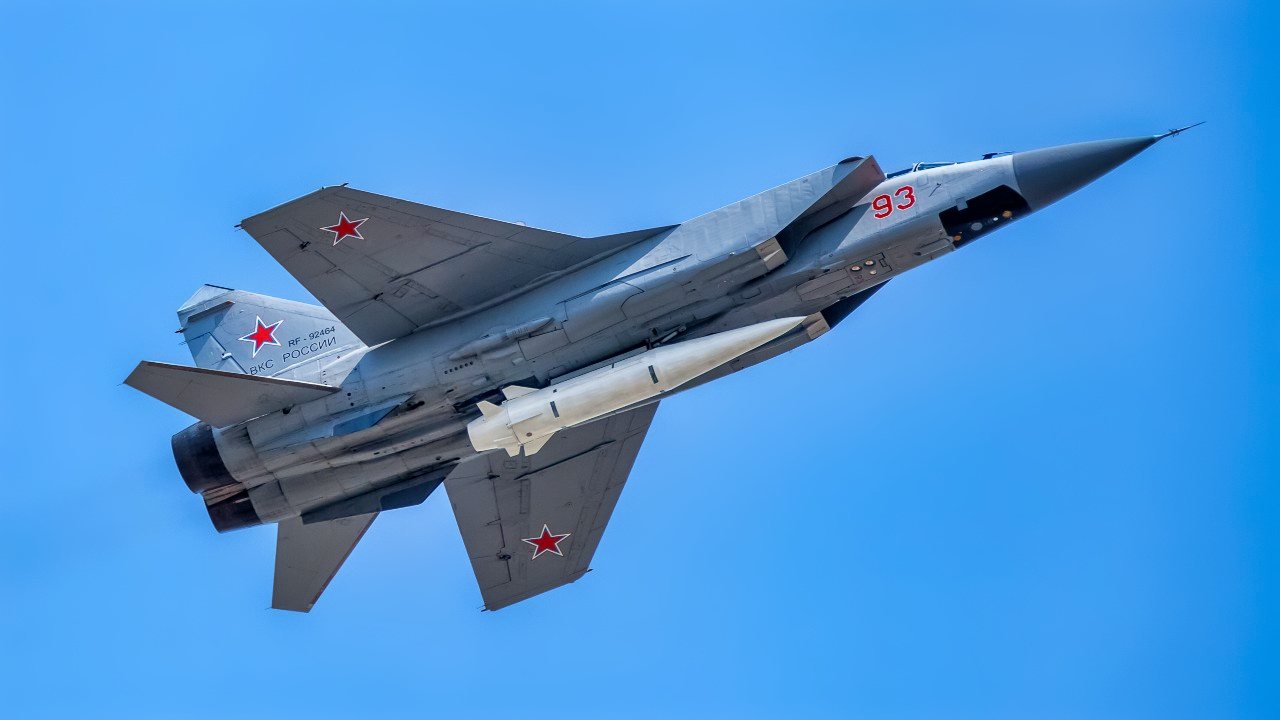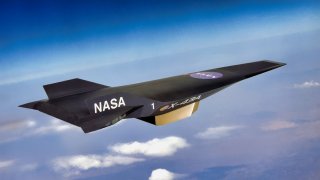X-43A: The Close to Mach 10 Hypersonic Plane NASA Ditched
This Is Strange: The X-43A Hyper-X was NASA's groundbreaking scramjet-powered experimental aircraft, setting records in 2004 by reaching speeds close to Mach 10. Despite its success, the U.S. government discontinued the program, missing an opportunity to advance hypersonic technology.
What Could Have Been: Today, the U.S. is struggling to catch up to Russia and China, both of which have made significant strides in developing and deploying hypersonic weapons. The lack of foresight, combined with industrial espionage by rivals, has left the U.S. lagging in this crucial area.
Mistakes from the Past: The lessons from the X-43 program could have positioned the U.S. as a leader in hypersonic technology, but complacency and security oversights have allowed others to gain the upper hand.
A supersonic combustion ramjet (or, Scramjet) is a cheaper, less caustic form of rocket travel. Aircraft employing a scramjet system enjoy high rates of speed when traveling but with a more airplane-like experience. NASA married a scramjet to an experimental plane, called the X-43A Hyper-X.
The X-43 began its existence as a concept in a NASA wind tunnel in 1996. It was considered a risky investment because no scramjet-powered plane had ever been built—let alone flown in the atmosphere.
By 2004, though, that had changed.
The X-43 Broke All Records
The X-43 took flight and broke records by becoming the first airplane powered by an air-breathing engine to fly at hypersonic speeds. The X-43 broke all new ground throughout the course of its historic lifespan. The X-43 came in three different variants. Each were unpiloted and all three were designed to fly at different hypersonic speeds. They were also disposable test vehicles. Once fired, they were not reusable.
The first two prototypes flew at Mach 7 and the third was designed to fly at Mach 10. These vehicles were powered by gaseous hydrogen.
Launched from a B-52B operated by NASA for research purposes, the first X-43 rocketed from beneath the wing of the larger B-52B and reached about 5,000 miles per hour. After being dropped from the B-52B at 40,000 feet, the X-43 boosted itself to an altitude of 95,000 miles.
By the time of the X-43’s third and final demonstration flight, it boosted itself to a whopping 110,000 miles above the Earth and accelerated to 7,000 miles per hour, or almost Mach 10. The vehicle splashed down 850 miles to the west of southern California, in a US Navy training area, and was not recovered.
Why No X-43 Today?
Unfortunately, the US government chose to discontinue funding for the X-43 (more units were planned that would have been even more advanced than the original three). The success of these three flights cannot be overstated. Yet, they were ignored by a feckless government that opted to rest on its laurels rather than build from its monumental success.
Although a NASA program, the X-43 was an essential program for lessons-learned in wider hypersonic technology development programs. Currently, the United States military is in a tense competition with the People’s Republic of China, as well as the Russian Federation, for supremacy in hypersonic technology.
Despite having been the first to initially create rudimentary prototypes years before either the Russians or Chinese did, the United States today is still struggling to develop and deploy hypersonic platforms that are both reliable and useful beyond the test range.
Russia and China are Now Ahead of Us
For instance, Russia has developed—and deployed—hypersonic weapons in Ukraine. The Kinzhal hypersonic missile is a sort of hypersonic cruise missile that has been deployed with devastating effects in that war. Beyond that, the Russians have built the Zircon hypersonic, nuclear-capable cruise missile.

Meanwhile, China has built the world’s most sophisticated (and largest) hypersonic testing wind tunnel. What’s more, China has tested devastating hypersonic weapons over the last two years that outstrip the American capabilities at present (although, the Pentagon is feverishly working to catch up and has made some strides in this endeavor over the last year).
It begs the question, though, as to just what the government has been doing with all the data it had amassed from the X-43 program that ran 20 years ago.
Why is it that Russia, a country we are routinely reminded has a “GDP equivalent in size to Italy” has a working hypersonic weapons arsenal whereas America’s, despite having been working on this technology far longer, is still toiling in the R&D phase?
Part of this has to do with American naivete.
You see, over the last 20 years, the US government has allowed for its hypersonic technology R&D to be shared with both Russia and China, either directly or indirectly. Further, both countries—especially China—has implemented a far-reaching, decades-long industrial espionage program aimed at stealing as many secrets about advanced US technology as possible.
Their program has been wildly successful, so much so that key American technologies underscore the Chinese and Russian hypersonic weapons today.
America Often Gets Things Wrong Before It Finally Gets Them Right
Failure to capitalize on the lessons of the X-43 tests 20 years ago as well the lack of proper security for this program allowed for America’s to catch up over the last two decades. At the same time, there have been plenty of historical examples—notably in the 1920s and 30s—when the United States innovated a new technology, such as the multi-stage, liquid-fueld rocket, but completely ignored (or didn’t understand) the implications of the technology that had been developed.
It took geopolitical rivals to recognize the importance of that technology and light a proverbial fire under the Americans to catch-up and overcome their foes.
A similar thing occurred when the British invented the aircraft carrier, the Americans built their own, but it was the Japanese who realized the offensive implications first.
The same will likely hold true of hypersonic weapons in the next conflict.
Or, Heaven forbid, the United States might have missed the window of opportunity and be leapfrogged permanently in the hypersonic domain by the time the next great erupts (which is sooner than most want to recognize).
About the Author
Brandon J. Weichert, a National Interest national security analyst, is a former Congressional staffer and geopolitical analyst who is a contributor at The Washington Times, the Asia Times, and The-Pipeline. He is the author of Winning Space: How America Remains a Superpower, Biohacked: China’s Race to Control Life, and The Shadow War: Iran’s Quest for Supremacy. His next book, A Disaster of Our Own Making: How the West Lost Ukraine, is due October 22 from Encounter Books. Weichert can be followed via Twitter @WeTheBrandon.
Image Credit: Creative Commons.


